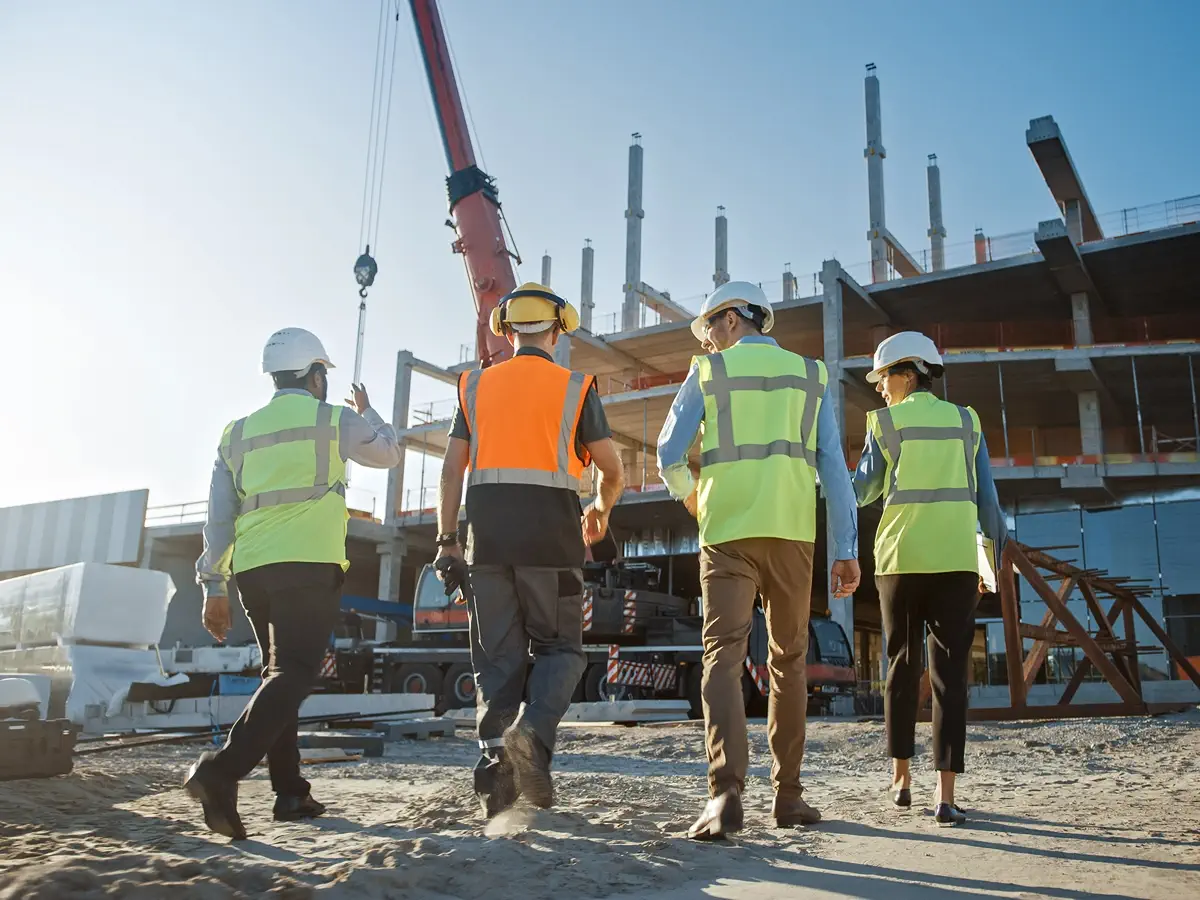Healthcare Manual Handling Training for Safer Materials Handling
Improve workplace safety and reduce injuries with specialised manual handling training tailored for non-patient handling tasks in healthcare environments.
Please note: We do not provide training or risk management services related to people handling (e.g., lifting, transferring, or repositioning patients).

What Does Manual Handling Look Like in Healthcare Settings?
While much of healthcare involves patient care, there are many roles and tasks that involve materials handling rather than direct patient movement. This includes lifting or moving equipment, handling medical supplies, stocking storerooms, or transporting carts and trolleys within clinics, laboratories, and medical offices.
Common materials handling risks in healthcare include:
- Lifting or transporting medical equipment and supply boxes
- Pushing or pulling linen, waste, or medication trolleys
- Repetitive reaching or bending while restocking shelves
- Prolonged standing or awkward postures in treatment rooms or labs
- Navigating tight spaces in clinical or back-office environments
Even without patient handling, these tasks can contribute to musculoskeletal disorders and fatigue over time.
Book a Free Online Session With Our Safety Team
Our experienced consultants have worked with a range of healthcare organisations that do not provide direct patient care, including pathology labs, private practices, and administrative medical centres.
During a free video consultation, we’ll assess your needs and develop tailored training and risk-reduction strategies for your team.
Select your location to schedule, or get in touch to arrange a time that works for your roster. Corporate Work Health operates Australia-wide, including Melbourne, Sydney, and Brisbane.
Who’s Responsible for Manual Handling in Healthcare?
Under WHS legislation, healthcare providers—including managers, facility owners, and clinical supervisors—are legally required to identify and manage manual handling risks. Nurses, carers, and allied health staff also must follow safety protocols and report hazards.
Clear internal communication, training, and proactive identification of risks are key to preventing injuries and maintaining smooth day-to-day operations.
Read More: Fines & Penalties
Recent Fines For Non Compliance In The Construction Industry
In 2022 there were 120 employers who were fined for safety breaches in Victoria by Worksafe. Construction accounted for 47 of those employers (More than 120 employers fined for safety breaches in 2022 | WorkSafe Victoria)
SafeWork NSW is warning businesses they will face fines and potential prosecution if they fail to report incidents after the workplace regulator this year issued 140 compliance notices and over $55,000 in fines for breaches with one-third of all offences occurring in the construction industry. (SafeWork warning follows upward trend in failure to notify and disturbance of scenes | SafeWork NSW)
Fines for non-compliance with WHS:
Specific penalties for non-compliance:
- Worksafe QLD Penalties | WorkSafe.qld.gov.au
- Safe Work Australia Penalties under the WHS laws | Safe Work Australia
What Does The Code Of Practice Say About Manual Task Risk Management In Construction?
This Code provides guidance on how to manage the risks associated with hazardous manual tasks that have the potential to cause an MSD in the workplace using the following systematic process:
- Identify hazardous manual tasks—find out what could cause harm.
- Assess risks, if necessary—understand the nature of the harm that could be caused by the hazard, how serious the harm could be and the likelihood of it happening. This step may not be necessary if you are dealing with a known risk with known controls.
- Eliminate risks so far as is reasonably practicable.
- Control risks—if it is not reasonably practicable to eliminate the risk, implement the most effective control measures that are reasonably practicable in the circumstances in accordance with the hierarchy of control measures, and ensure they remain effective over time.
- Review control measures to ensure they are working as planned.
Access More Resources
- Model Code of Practice: Hazardous manual tasks
- Model Code of Practice: How to manage work health and safety risks
- Model Code of Practice: Managing psychosocial hazards at work
Why Manual Handling Training Is Crucial in Healthcare
Healthcare is one of the highest-risk industries for manual handling injuries. Strains, sprains, and soft tissue injuries lead to thousands of lost hours every year, increased absenteeism, and compromised patient care.
Proper training reduces injury, promotes dignity in care, improves staff confidence, and creates a harmonious workplace for all.
Questions & Free Quotes
